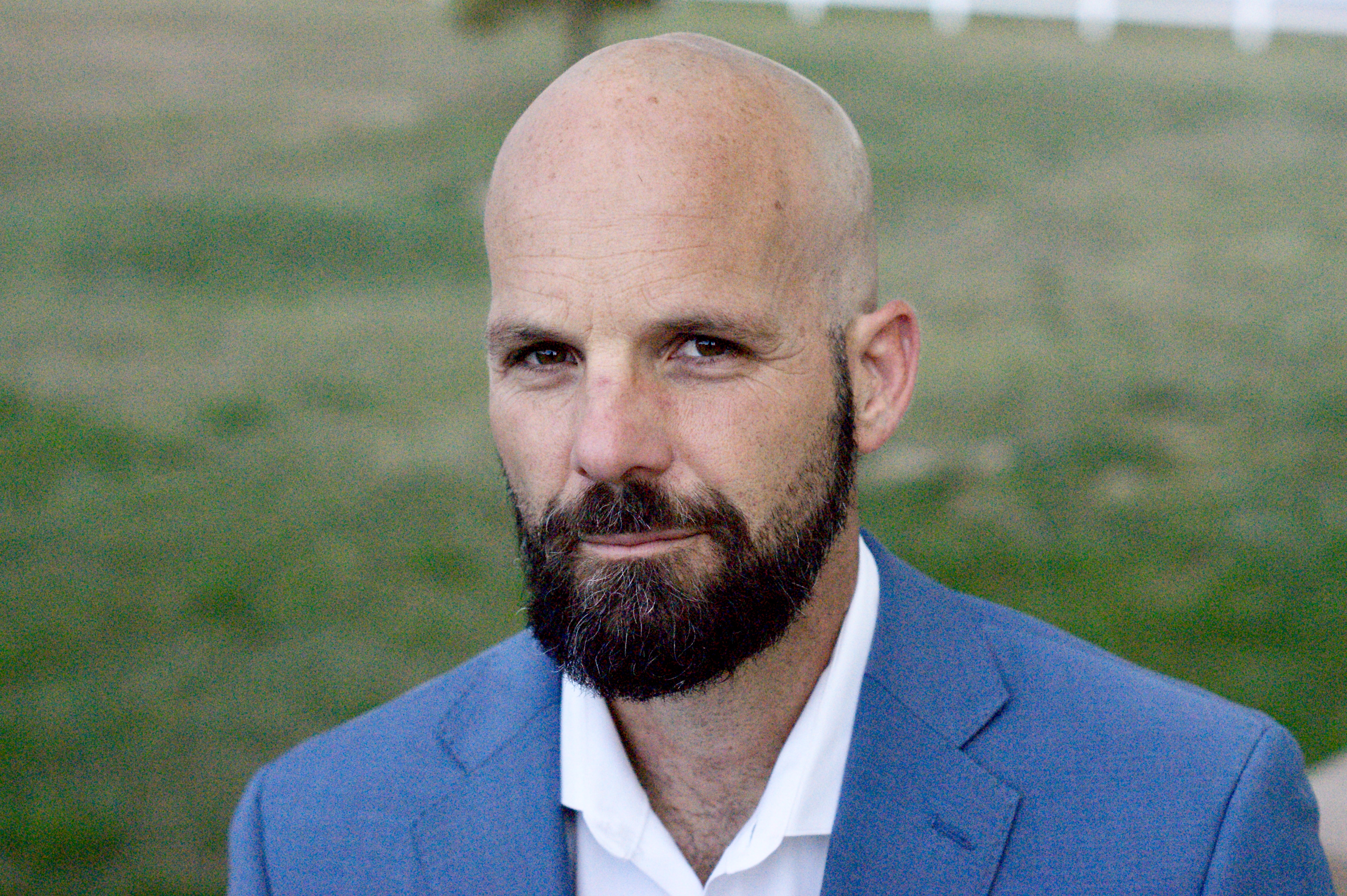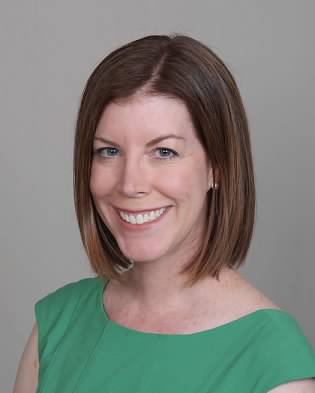Next Gen Navigator
Denver Public Schools' Journey to K–12 NGSS-Aligned Teaching and Learning
By Beth Vinson and Douglas Watkins
Posted on 2022-09-29
Disclaimer: The views expressed in this blog post are those of the author(s) and do not necessarily reflect the official position of the National Science Teaching Association (NSTA).
We are two passionate science advocates who are academic administrators in Denver Public Schools (DPS). DPS is a large, urban school district with more than 90,000 students who speak more than 200 different languages at home. When we reflect on where we started and how much more progress we would like to make in our district, the journey seems long. We’ll share a few of our milestones, some challenges we’ve encountered, and where we are headed next.
Our district began its Next Generation Science Standards (NGSS) journey in 2014 when we started a project through our Research-Practice Partnership (RPP) with the University of Colorado Boulder (CU Boulder). DPS needed high-quality, NGSS-aligned, open-access materials, and researchers at CU Boulder had obtained funding to study how to support customization of open materials at scale. Through that project and subsequent ones, the key element in our strategy for supporting NGSS implementation has been the co-design of curriculum; curriculum adoption cycles that provided chances to learn about curriculum; and professional learning (PL) opportunities that allow all DPS teachers to engage with new standards and A Framework for K-12 Science Education (NRC 2012).
Equity and justice are at the center of our NGSS journey. We focused on developing and selecting high-quality instructional resources designed with equity and justice at the forefront. During the curriculum-adoption processes, for example, we adapted the EQuIP (Educators Evaluating the Quality of Instructional Products) rubric to account for how DPS thought equity and justice should appear in curricular materials.
In our curriculum co-design work with CU Boulder, we concentrated on students’ interests and identities, building them into our design specifications. For example, we developed and used student surveys to measure their interest in potential anchoring phenomena before we wrote curricular units. Additionally, we designed into the curriculum some accountability tools called Student Electronic Exit Tickets that we can use to ensure that we build students’ sense of coherence, relevance, and contribution to the knowledge-building in the classroom.
The PL we provide helps teachers appreciate how our adopted curricular materials support DPS’s vision for equity and justice by 1) Leveraging multiple science competencies, 2) Affirming science learners’ identities, 3) Challenging spaces of marginality, and 4) Drawing on multiple resources of knowledge. We also help teachers adapt these curricula to better support the students and communities they serve.
As did many districts across the nation, we struggled with strong science implementation during the pandemic and its aftermath. Teachers often relied on science videos and demonstrations, so learners missed opportunities to do science and engage in science and engineering practices. Virtual adaptations of curricula did not always maintain the instructional shifts called for in the Framework or the NGSS. Today, fewer schools are dedicating time for science, so that they can address perceived needs in literacy and mathematics.
Both before and since the pandemic began, we have observed many teachers—especially high school teachers—struggling with the shift from learning about science to figuring out science (Schwarz et al. 2017). iHub biology and chemistry follow the storyline instructional model, in which students make sense of phenomena.
Challenges of implementation and engagement with the NGSS revolve around the shifts called for in the Framework related to figuring out science. Teachers are learning how to help students make sense of a given phenomenon. Learning to elicit and use students’ questions and ideas to drive a lesson sequence is a difficult endeavor. We have discovered it takes several years of practice and sustained PL to master this. Teachers also have to learn how to facilitate academically productive discussions, a challenge for both students and teachers alike.
To address these problems of practice, we will continue relying on research- and evidence-informed approaches to teacher learning and educational system design. Our ultimate goal is to foster horizontal coherence: that is, to create a system of curriculum, assessment, and teacher PL that aligns with the vision for equitable teaching and learning in the Framework. Consequently, our district-wide PL opportunities are all curriculum-based, organized into year-long cohorts, focused on academic content and culturally sustaining pedagogical shifts, and designed to be coherent with teachers’ experiences at their schools (Garet et al. 2001; Yoon et al. 2006). Grounding our PL in curricular resources has resulted in more equitable access to reform-based science pedagogies across our large district. We collaborate with our Assessment department to focus on formative assessment practices, relying on a body of evidence to inform instruction and feedback to students (NASEM 2021).
We aim to build our teachers’ capacity to meet the student learning goals communicated by the NGSS. We hope districts everywhere can realize from our experience in DPS how important RPPs can be to make progress toward shared problems of practice, experience the benefits of investing in teacher PL, and recognize the importance of building horizontal coherence within an educational system.
References
Garet, M. S., A. C. Porter, L. Desimone, B. F. Birman, and K. S Yoon.. 2001. What makes professional development effective? Results from a national sample of teachers. American Educational Research Journal 38 (4), 915–945.
National Research Council (NRC). 2012. A Framework for K–12 Science Education: Practices, Crosscutting Concepts, and Core Ideas. Washington, DC: National Academies Press.
National Academies of Sciences, Engineering, and Medicine. 2021. Science and engineering in preschool through elementary grades: The brilliance of children and the strengths of educators. Washington, DC: National Academies Press.
Schwarz, C. V., C. Passmore, and B. J. Reiser. 2017. Moving beyond 'knowing about' science to making sense of the world. In Helping students make sense of the world using next generation science and engineering practices, ed. C. Schwarz, C. Passmore, and B. J. Reiser, (Eds.), 3–21. Arlington, VA: NSTA Press.
Yoon, K. S., M.S. Garet, B. Birman, and R. Jacobson. 2006. Examining the effects of mathematics and science professional development on teachers’ instructional practice: Using professional development activity log. Washington, DC: Council of Chief State School Officers.

Douglas Watkins is manager of the Science/STEM Curriculum & Instruction team in Denver Public Schools. He is a Steering Committee member of the National Network of Education Research-Practice Partnerships, a contributing member to the NSF National AI Institute for Student-AI Teaming, and OpenSciEd High School Biology Unit Lead.

Beth Vinson was an elementary school mathematics and science teacher, 2012 Presidential Award for Excellence in Mathematics and Science Teaching (PAEMST) recipient, and elementary school principal in southwest Denver. She currently serves as the Director of STEAM in Denver Public Schools.
Note: This article is featured in the September 2022 issue of Next Gen Navigator, an e-newsletter from NSTA that delivers information, insights, resources, and professional learning opportunities for science educators by science educators and focuses on the themes highlighted in Call to Action for Science Education and on the Next Generation Science Standards and three-dimensional instruction. Click here to sign up to receive the Navigator.
The mission of NSTA is to transform science education to benefit all through professional learning, partnerships, and advocacy.
NGSS Three-Dimensional Learning


